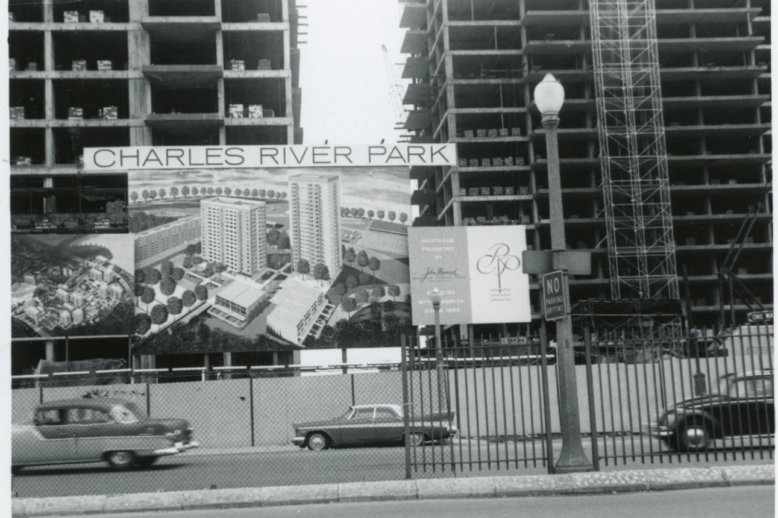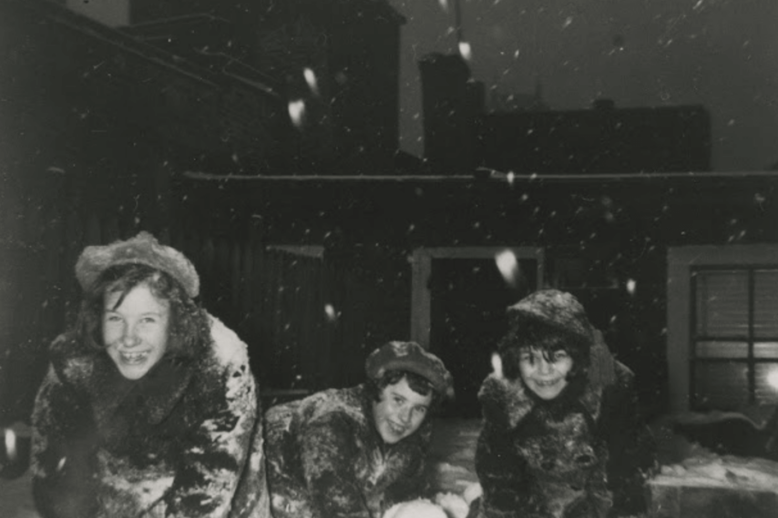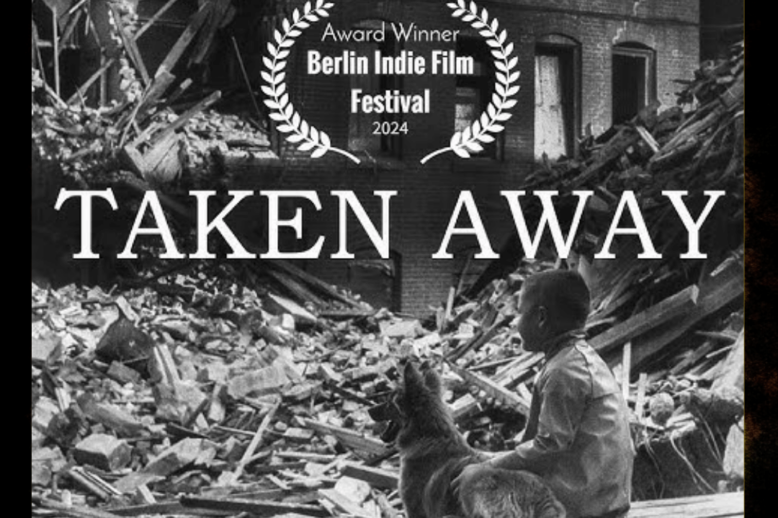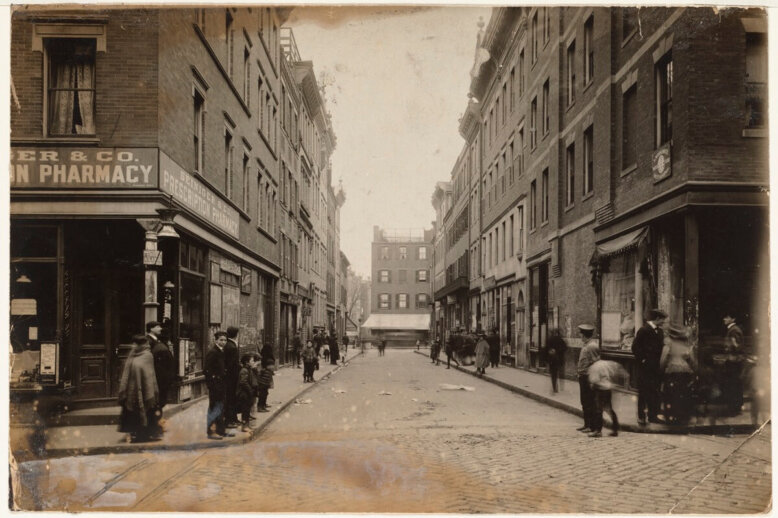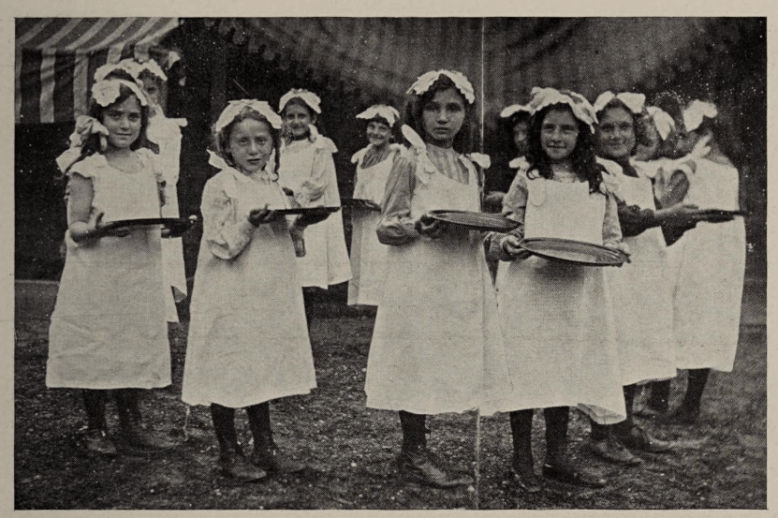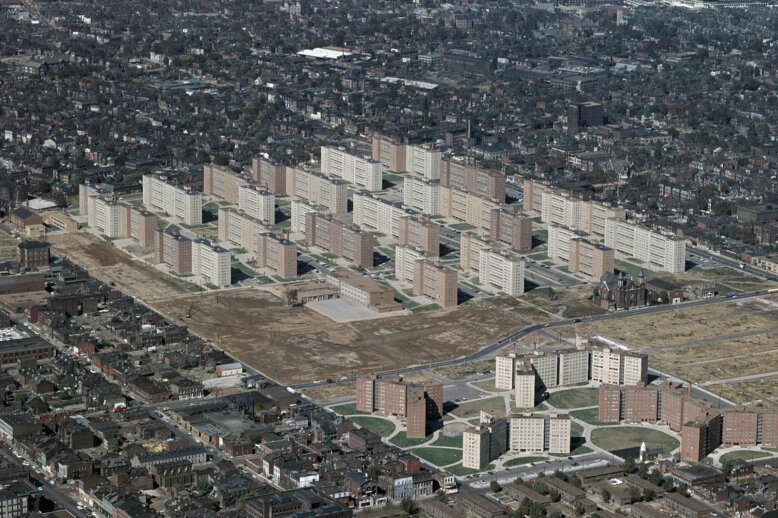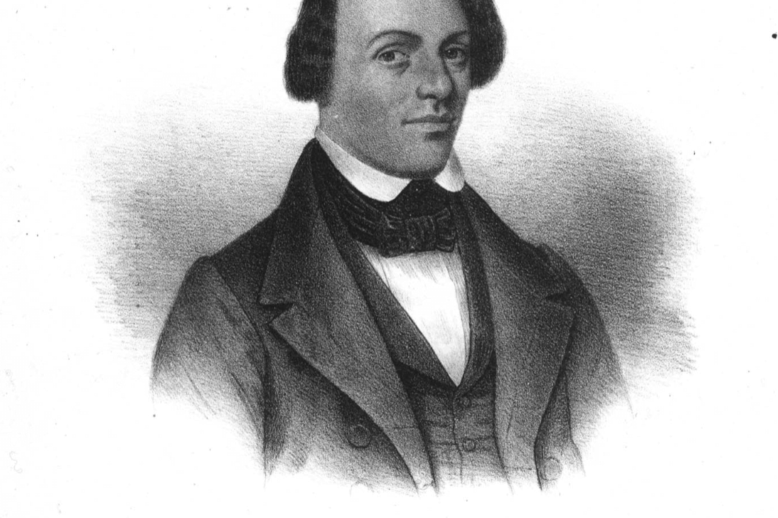Affordable Housing in the West End: Initial Plans and Current Realities
The story of urban renewal in the West End is a complex one, marked by both ambitious plans and challenging realities when it comes to affordable housing. Over the past seventy years, the West End has served as a cautionary tale, full of broken promises and ongoing struggles for income-restricted housing. More recent efforts, such as the affordable housing initiative that is part of the redevelopment of the West End branch of the Boston Public Library, look to address this past.


